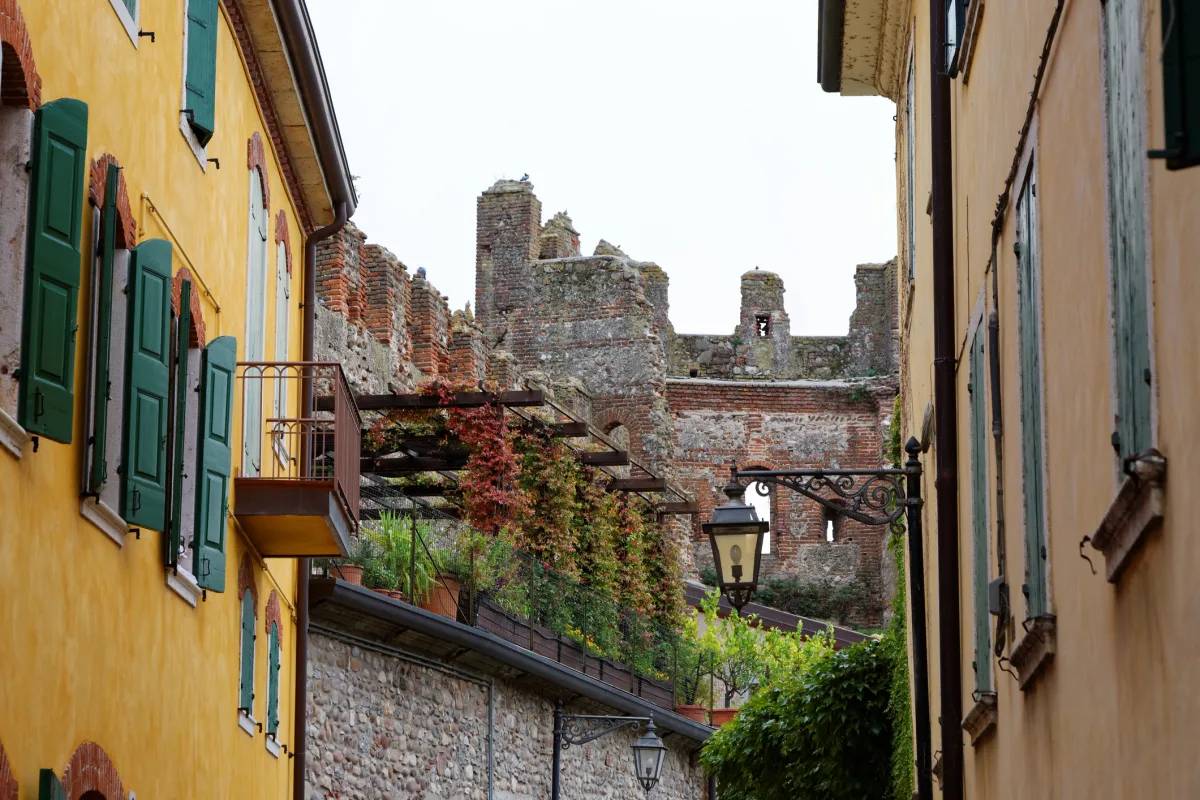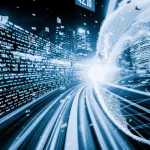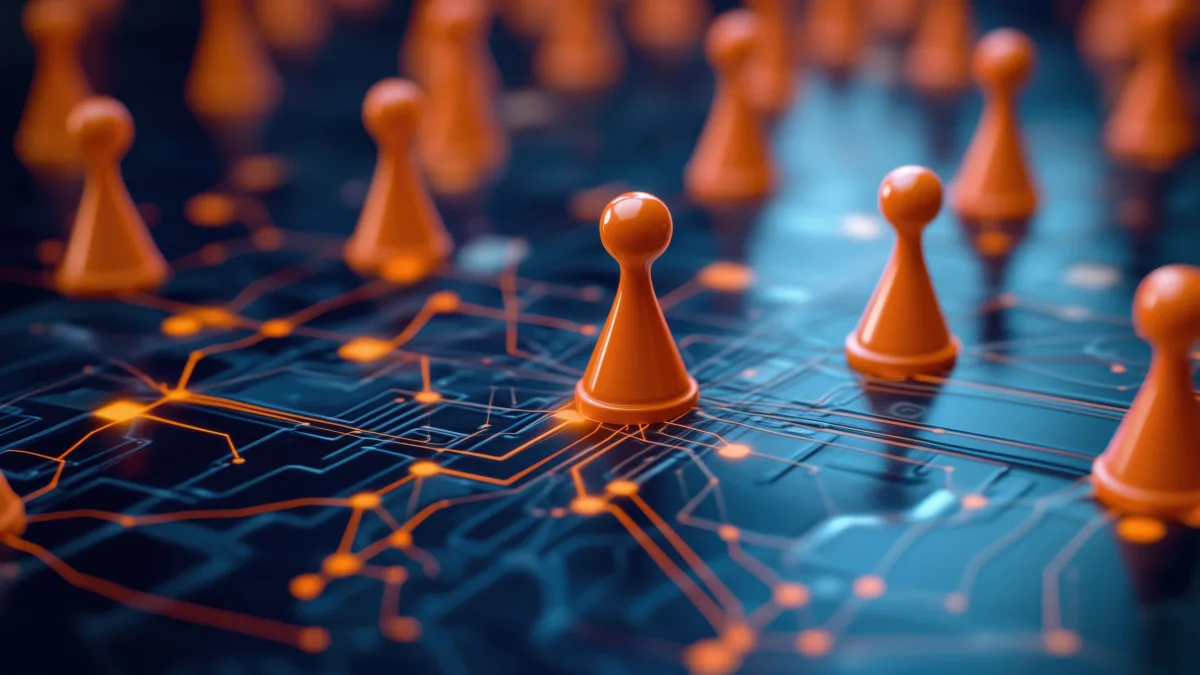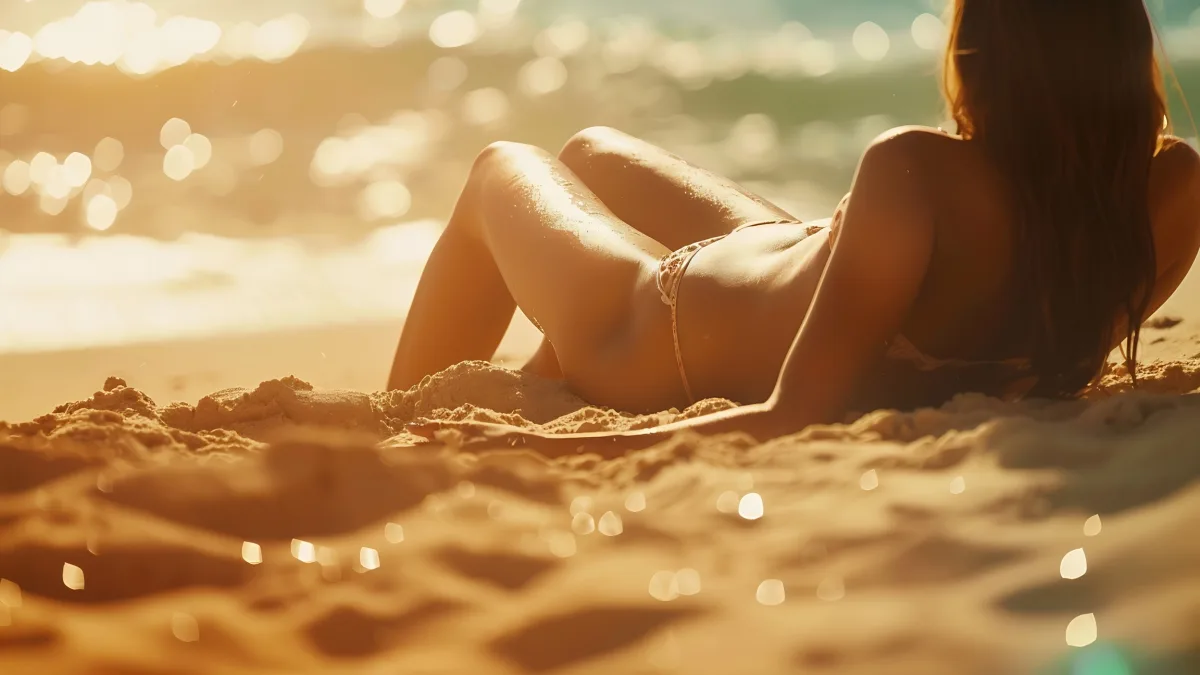It all sounds appealingly straightforward: design neighbourhoods where residents can reach everything they need—work, shops, schools, healthcare, parks—within a 15-minute walk or bicycle ride from their homes.
However, this seemingly innocuous urban planning principle has become the subject of heated protests, conspiracy theories, and parliamentary debates. Critics have branded it everything from ‘urban incarceration’ to a ‘climate lockdown’ designed to restrict personal freedoms.
The 15-minute city represents a return to traditional urban design principles that prioritised proximity and walkability long before the motor care reshaped our cities. Indeed, the blueprint for the 15-minute city has been around for centuries. Older neighbourhoods across the globe, made for pedestrians, have long been structured so that basic urban necessities are a short distance from homes.
What makes the concept novel is not its principles, but its systematic application to address 21st century challenges: climate change, air pollution, social isolation, and the mounting costs—financial, environmental, and personal—of car dependency.
The professor’s vision
The modern incarnation of the 15-minute city was conceived by Carlos Moreno, who introduced the concept as a framework for combating greenhouse gas emissions in 2016. He published a book outlining the concept in further detail last year.
A Franco-Colombian scientist and professor at the Université Paris 1 Panthéon-Sorbonne, Moreno drew inspiration from the legendary urbanist Jane Jacobs, whose writings championed mixed-use, walkable neighbourhoods.
Moreno’s model gained prominence with its electoral advancement by Paris Mayor Anne Hidalgo (first elected in 2014) within her ‘living smart city’ initiative called the ‘Ville du quart d’heure’. The concept advocates for human-centred urbanism, where essential services and opportunities are deliberately positioned to enhance accessibility.
Moreno’s framework rests on six essential functions that residents should be able to access within 15 minutes of their homes: living, working, supplying (shopping), caring (healthcare), learning (education), and enjoying (leisure and culture). The 15-minute city relies on seven basic principles of human-scale urban design, density, diversity, flexibility, proximity, digitalisation, and connectivity.
Paris: Proof of concept
Paris has become the world’s most prominent test case for the 15-minute city model. Mayor Hidalgo’s office seized the moment to take the first step in creating a 15-Minute City and expand an ambitious set of reforms during the first wave of Covid-19 lockdowns in 2020. The transformation has been dramatic and measurable.
The city has implemented a comprehensive portfolio of interventions. Following pilots in three Parisian districts between 2017-19, the first measures included opening schoolyards on weekends, converting single use buildings to mixed uses, pedestrianising school streets, and helping local shops with rent affordability.
Larger infrastructure projects followed, including 60 kilometres of new bike lanes in the short term above the busiest Metro routes. This comes on top of the 300 kilometres of new bike lanes built across Paris in her first term in office.
The results have been encouraging. Last summer there were more bikes than cars on many major boulevards. Air quality improvements are set to be substantial. The quarter-hour city could therefore reduce a serious problem plaguing many Parisians: the pollution that kills 3,000 people a year, largely caused by motor traffic.
Residents have largely, although not entirely, embraced the changes. The programme has also pioneered new forms of democratic participation. In 2021, it also made available a ‘participatory budget’ of 75 million euros that residents can allocate to crowdsourced projects and vote on.

Reclaiming the streets
Barcelona has pursued a parallel approach through its innovative ‘superblocks’ programme. When architect Salvador Rueda first proposed the concept of superblocks in 1987, he called them ‘super-manzanas’. The concept groups nine city blocks together and restricts through traffic to the perimeter, creating car-free or low-traffic zones in the interior where pedestrians and cyclists take priority.
In 2016, Barcelona started creating ‘superblocks’ that are transforming life in the affected neighbourhoods. Outside the superblocks, the city’s normal through traffic is accommodated on streets with a maximum speed of 50km/h. Within the superblocks, cars are banned or restricted to 20km/h, priority is given to walking and cycling, and open space is reclaimed or created from parking.
The benefits have been substantial. The economic effects of transforming the existing urban blocks are also impressive, estimated at 1.7 billion euros a year. This benefit mainly comes from increased life expectancy, a 20per cent reduction in premature mortality and a 13per cent reduction in overall burden of disease.
The Barcelona Superblocks were estimated to help reduce harmful environmental exposures (such as air pollution, noise, and heat) while simultaneously increasing physical activity levels and access to green space, thereby providing substantial health benefits.
The programme’s ambitions are sweeping: the plan is to introduce 503 of them across the entire city by 2030. More than 250 cities have since shown an interest in the Barcelona Model and several have implemented measures that are directly related to it, including some neighbourhoods of Bogotá, the Supergrätzl neighbourhood in Vienna and the large Superblock in Rotterdam, as well as Park Blocks in Los Angeles and Kiezblocks of Berlin.
The conspiracy theory problem
Despite these promising real-world examples, the 15-minute city has become entangled in a web of conspiracy theories. Type ‘15-minute cities’ into social media and be prepared for a barrage of claims the idea will usher in dystopia, people will be fined for leaving their ‘designated zone’ or that the idea is little more than ‘urban incarceration’.
The conspiracy theories centre on the false claim that 15-minute cities would restrict residents’ movement beyond their neighbourhood boundaries. Conservatives and conspiracy theorists are increasingly convinced the concept of a 15-minute city is the latest nefarious plot to curtail individual freedoms.
Conspiracy theories around 15-minute cities see a secret plot behind the proposals to place draconian restrictions on the movement of citizens.
The misunderstanding appears to stem from conflating the 15-minute city concept with unrelated traffic management measures. Oxford in the UK has become a flashpoint, in part, because its traffic filtering plan has been conflated with a separate proposal in the city to create 15-minute cities, the main focus of the conspiracy theorists’ ire.

Reality check
The accusations fall apart under any real scrutiny. No 15-minute city proposal anywhere in the world restricts residents’ movement or imposes fines for travelling beyond neighbourhood boundaries. The concept is about increasing options, not limiting them. Indeed, the 15-minute city is about increasing personal liberty and access, not restricting freedom.
The conspiracy—and the fact that it has found fertile ground amongst conservatives—is particularly ironic given that 15-minute cities represent a return to traditional urban design.
The historic development of cities such as London, Paris, Philadelphia and San Francisco demonstrates that the concept is rooted in planning concepts dating back nearly two centuries. The concept underpinning Ebenezer Howard’s Gardens Cities of To-morrow, published in 1902, continued through the idea of the neighbourhood unit, which was introduced by urban planner Clarence Perry in the 1920s as an attempt to design self-contained neighbourhoods as cities began to industrialise.
What changed everything was the rise of the car and post-war suburban development patterns. Cities began to expand outward and decentralise, making certain amenities much harder to reach without a car.
Throughout the 20th century this urban sprawl led to the construction of new car-centric neighbourhoods in and around many urban centres.
Valid criticism
Nevertheless, legitimate concerns about 15-minute cities do exist. In a paper published in the journal Sustainability, Georgia Pozoukidou and Zoi Chatziyiannaki write that the creation of dense, walkable urban cores often leads to gentrification or displacement of lower-income residents to outlying neighbourhoods due to rising property values.
To counteract this, the authors argue for affordable housing provisions to be integral with 15-minute city policies.
Implementation also faces practical challenges. However, there are still challenges in planning around the traces of the existing zoning in the urban fabric.
Urban sprawl and suburbs exhibit a wholly distinct set of issues and demands. The reliance on population-wide conventions, such as gait speed, to estimate the buffer zones of accessible areas may not accurately reflect the mobility capabilities of specific population groups, like the elderly.
The future of urban living
The 15-minute city represents neither authoritarian control nor revolutionary transformation. It is, instead, a return to time-tested urban design principles adapted for contemporary challenges.
The concept offers a pragmatic response to climate change, public health crises, and quality-of-life concerns that have mounting urgency as urbanisation accelerates globally.
The controversy surrounding 15-minute cities reveals more about the world’s political moment than urban planning. In an age of climate anxiety and post-pandemic trauma, even mundane policy proposals can become lightning rods for broader fears about government overreach and personal freedom.
However, the evidence from Paris in particular suggests that residents gain rather than lose freedom when their neighbourhoods provide convenient access to daily necessities.
As cities worldwide grapple with the triple challenges of climate change, public health, and social equity, the 15-minute city offers a compelling vision: neighbourhoods designed for human flourishing rather than automotive convenience.
The real restriction on freedom is not the 15-minute city, but the car-dependent sprawl that forces residents to drive everywhere, excludes those who cannot drive, and traps communities in cycles of pollution, congestion, and social isolation.
The choice facing urban planners and policymakers is not between freedom and control, but between different models of urban life. The 15-minute city asks a simple question: Wouldn’t we all be freer if we could walk to work?
Photo: Dreamstime.







